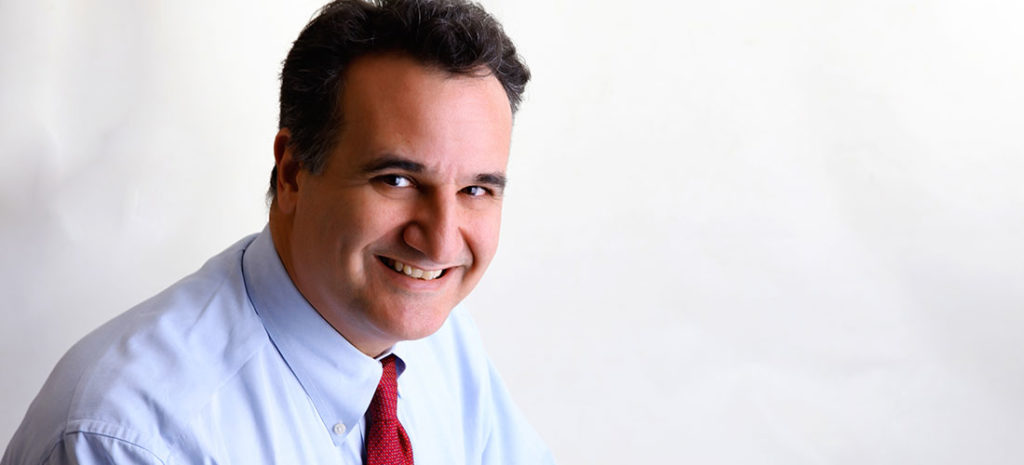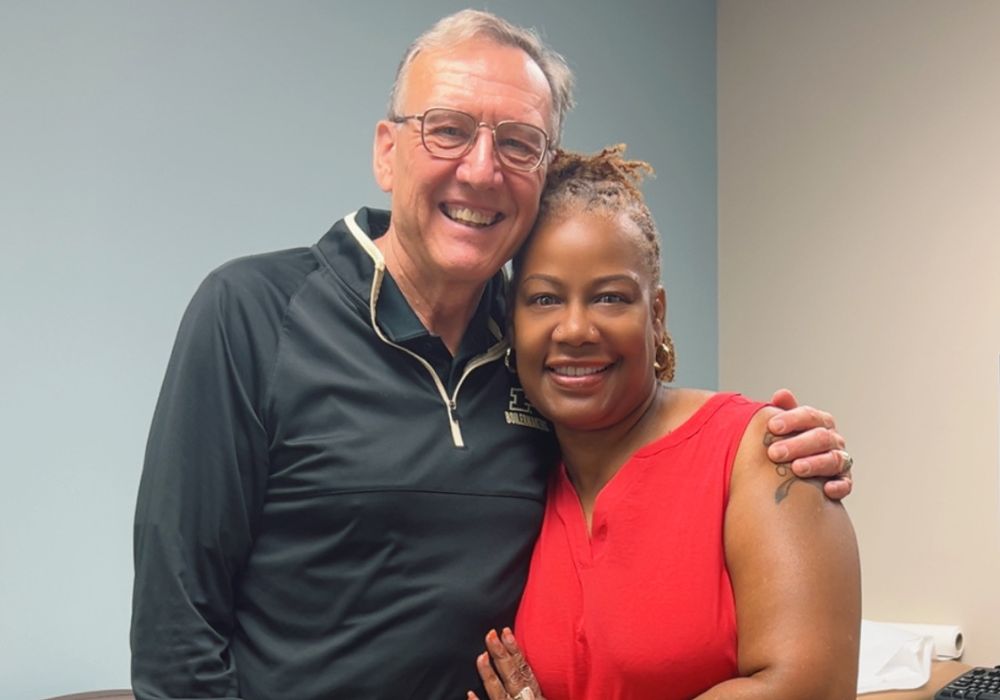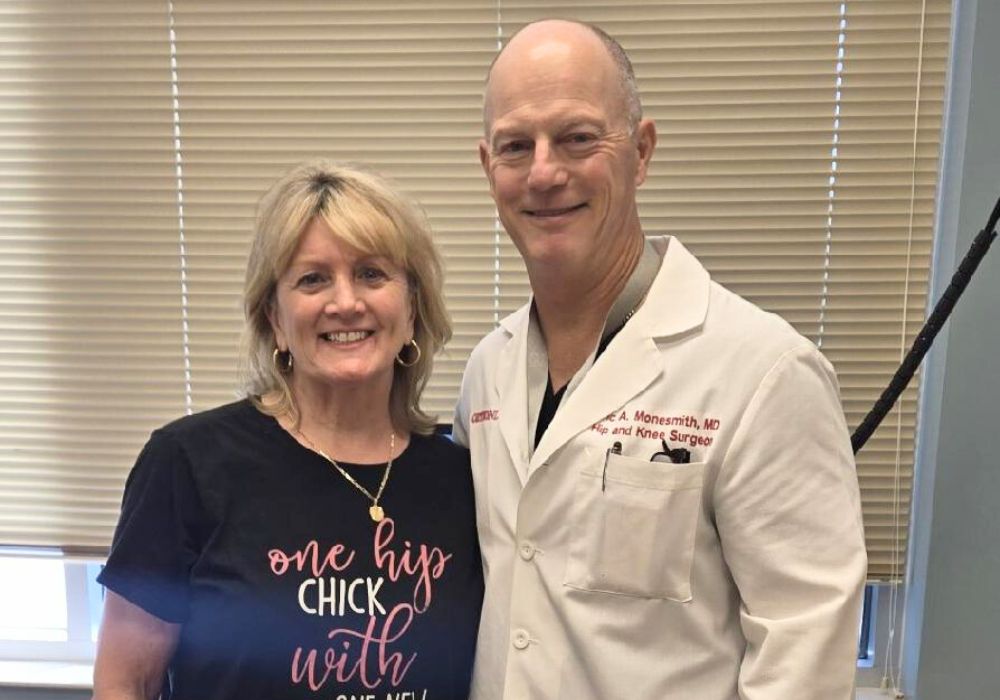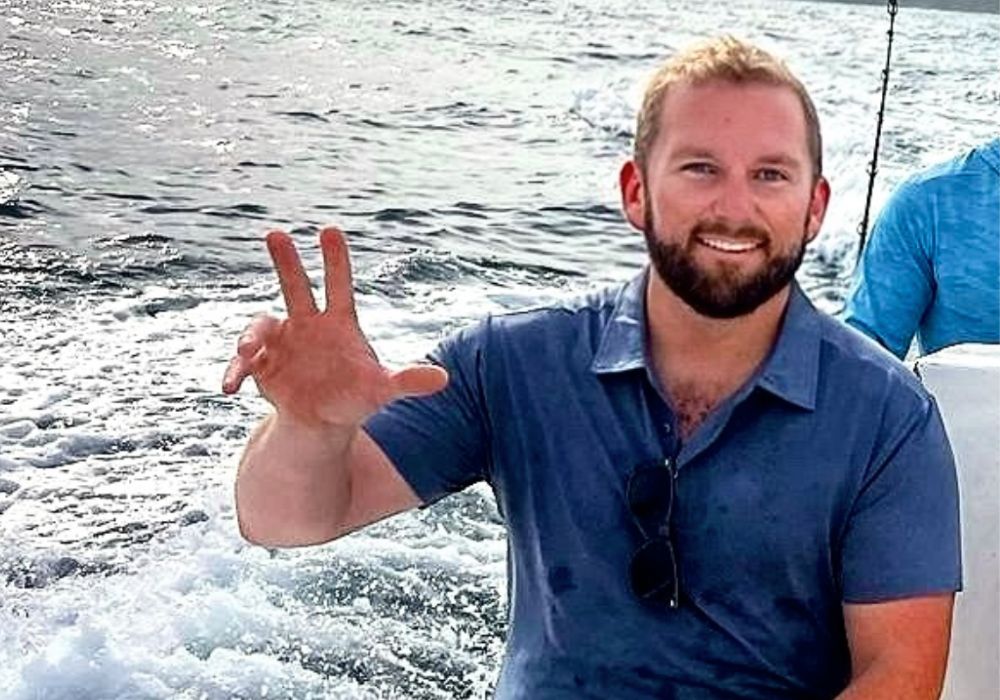On May 12, 2016, OrthoIndy bone tumor and soft tissue oncologist, Dr. Bruce Rougraff treated his 10,000th tumor patient. A goal he worked hard every day to achieve.
“For 23 plus years of practice, I have always seen patients the same day or next day they are referred to me. At OrthoIndy we have a great set up where in one day I can see a patient with a tumor, assess the tumor immediately with an MRI or CT scan and perform a needle biopsy in the office,” said Dr. Rougraff. “If surgery is needed, we offer surgical treatment a few days after the biopsy is completed by our pathologists. We have an excellent relationship with a great pathology group who calls us as soon as they look at the tissue slides for every case. All of this allows us to provide nearly immediate care for our patients.”
Bone and soft tissue orthopedic care
Bone and soft tissue tumors are rare, and have a complicated mix of clinical behaviors. There are a variety of types and each one has its own particular treatment and patient outcome. The cause of tumors is basically unknown. “I chose to treat patients who have musculoskeletal tumors with the desire to compassionately treat and offer a cure to every patient in the most efficient fashion as possible,” said Dr. Rougraff.
Bone and soft tissue tumors are classified by their cell or tissue type and their ability to spread beyond the original site. Therefore, bone and soft tissue tumors fall into two major categories: benign, unable to spread, or malignant, able to spread to other parts of the body. Benign tumors are not life threatening, while malignant tumors may be.
Benign tumors, which are a majority of the tumor referrals Dr. Rougraff sees, may heal or resolve on their own. Sometimes they are left alone and monitored over the years; other times, they respond well to minor surgery, especially if they are causing symptoms, such as pain. If the pain goes untreated it could lead to fractures or injuries of an underlying bone or surrounding soft tissue, blood vessels and nerves.
Bone and soft tissue malignant tumors are a relatively rare form of cancer that often require treatment with drugs, and/or radiation therapy and major surgery. Each kind of bone sarcoma has a different treatment plan.
How surgery has improved
Years ago, surgery meant amputation. Now surgery involves complete removal of the tumor and a small amount of normal and reactive surrounding tissue, with options to spare the limb. These options involve replacing the tumor bone with a donor bone and securing it in place with a metal plate and screws, or replacing the tumor bone with a metal prosthesis. An amputation may be necessary if the tumor invades surrounding blood vessels and nerves.
“As an orthopedic oncologist I have learned a little something from every patient I have seen or treated,” said Dr. Rougraff. “Over the years and thousands of patients later, this knowledge has built up.”
Because of Dr. Rougraff’s experience with so many tumor referrals, he and medical assistant Jackie Lawrence have been able to work together on research articles to share what they have learned about bone tumors. They use these research papers to help answer patient questions.
“I have had the privilege of working with Dr. Rougraff for 22 years and have learned a lot from him,” said Jackie Lawrence, MA. “He approaches every patient with a positive attitude that helps put them at ease.”
For Dr. Rougraff, the patient always comes first
“One of my favorite parts of my practice is getting to see patients who I saw and treated many years ago graduate from high school and college, get married and have a family despite the challenges that they faced at the time of their diagnosis and initial treatment,” said Dr. Rougraff.
Phil Kuhn was the first patient Dr. Rougraff saw as a bone tumor and soft tissue oncologist. Phil was 11 years old the first time he saw Dr. Rougraff. He had osteosarcoma, a cancerous tumor, in his right hip. “I was actually in the middle of chemotherapy when I met Dr. Rougraff,” said Phil. “I was diagnosed in October 1992 and the original plan was chemotherapy and eventually amputation. When I met Dr. Rougraff he told me he could save my leg; needless to say I liked him right away.”
In February 1993 Dr. Rougraff removed the tumor and reconstructed Phil’s right hip. Since then, he has had several surgeries in the 23 plus years after he was diagnosed and Dr. Rougraff has been his surgeon all along.
Dr. Rougraff’s first patient
“When you think about the most influential people in your life, your parents and immediate family obviously come to mind. For me, Dr. Rougraff is also near the top of that list,” said Phil. “Because I had cancer as a child, and because the location of my tumor was so challenging, there was a good chance that I would’ve lived the majority of my life with very limited mobility. Dr. Rougraff didn’t let that happen.”
Phil is still very active and has few limitations. Phil went on to get his engineering degree at Rose-Hulman, his MBA at IU Kelley School of Business and is now the Director of Global Sustaining Engineering for Hill-Rom, an Indiana-based medical device company. He enjoys spending time with his wife and family and participating in hobbies such as golfing, traveling, snowmobiling, weightlifting and farming.
“I feel very lucky to be number one of 10,000,” said Phil. “If I had been diagnosed with cancer just a few months earlier, Dr. Rougraff would’ve still been finishing his fellowship and would have never come into my life. I feel very proud that I was with Dr. Rougraff from the beginning.”
Now, years later Dr. Rougraff continues to maintain his compassion for his patients.
Ali Khan came in to see Dr. Rougraff on May 12th and was astonished to find out he was Dr. Rougraff’s 10,000th patient.
“After learning that Dr. Rougraff had treated so many patients I was impressed,” said Ali. “He is a wonderful doctor and a great person. He may have heard many of the same questions and stories over and over throughout his career, but he truly listened to me. Dr. Rougraff has so much experience and knowledge but still retains commitment, humility and care with great attention to his patients.”
To schedule an appointment with Dr. Rougraff, please call 317.802.2824 or learn more about orthopedic oncology care.
Schedule an appointment
Your well-being is important to us. Click the button below or call us to schedule an appointment with one of our orthopedic specialists. If your injury or condition is recent, you can walk right into one of our OrthoIndy Urgent Care locations for immediate care. For rehabilitation and physical therapy, no referral is needed to see one of our physical therapists.





